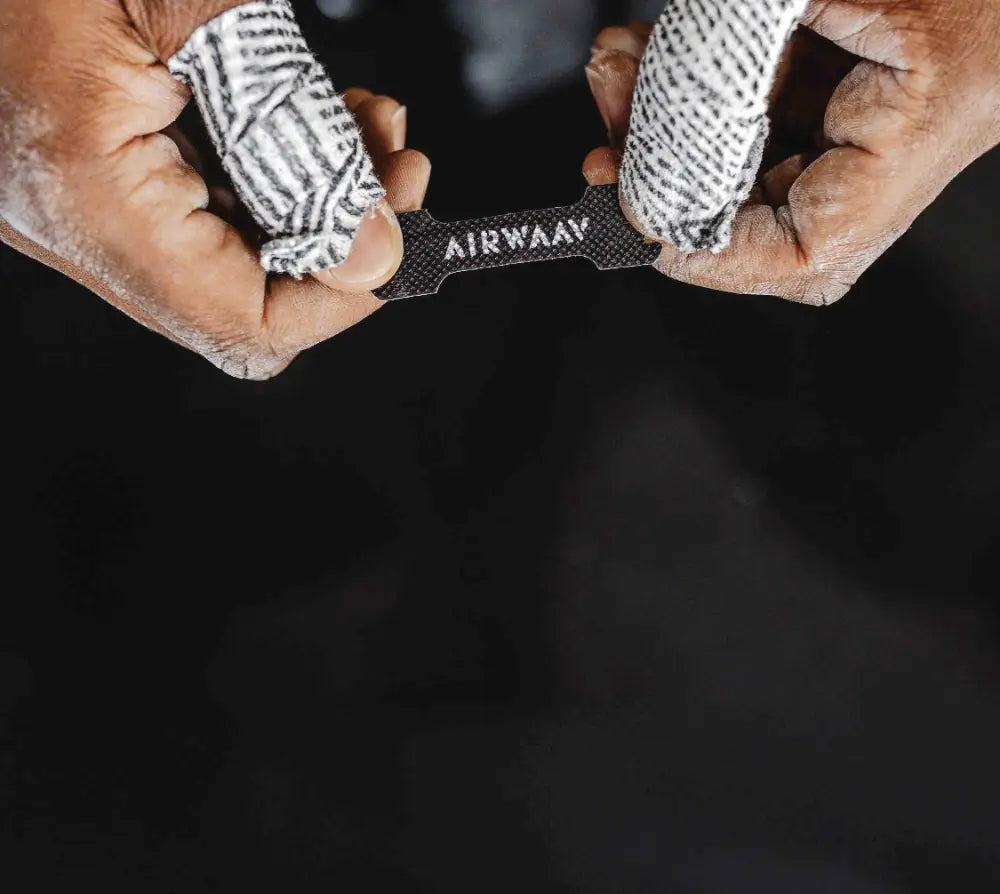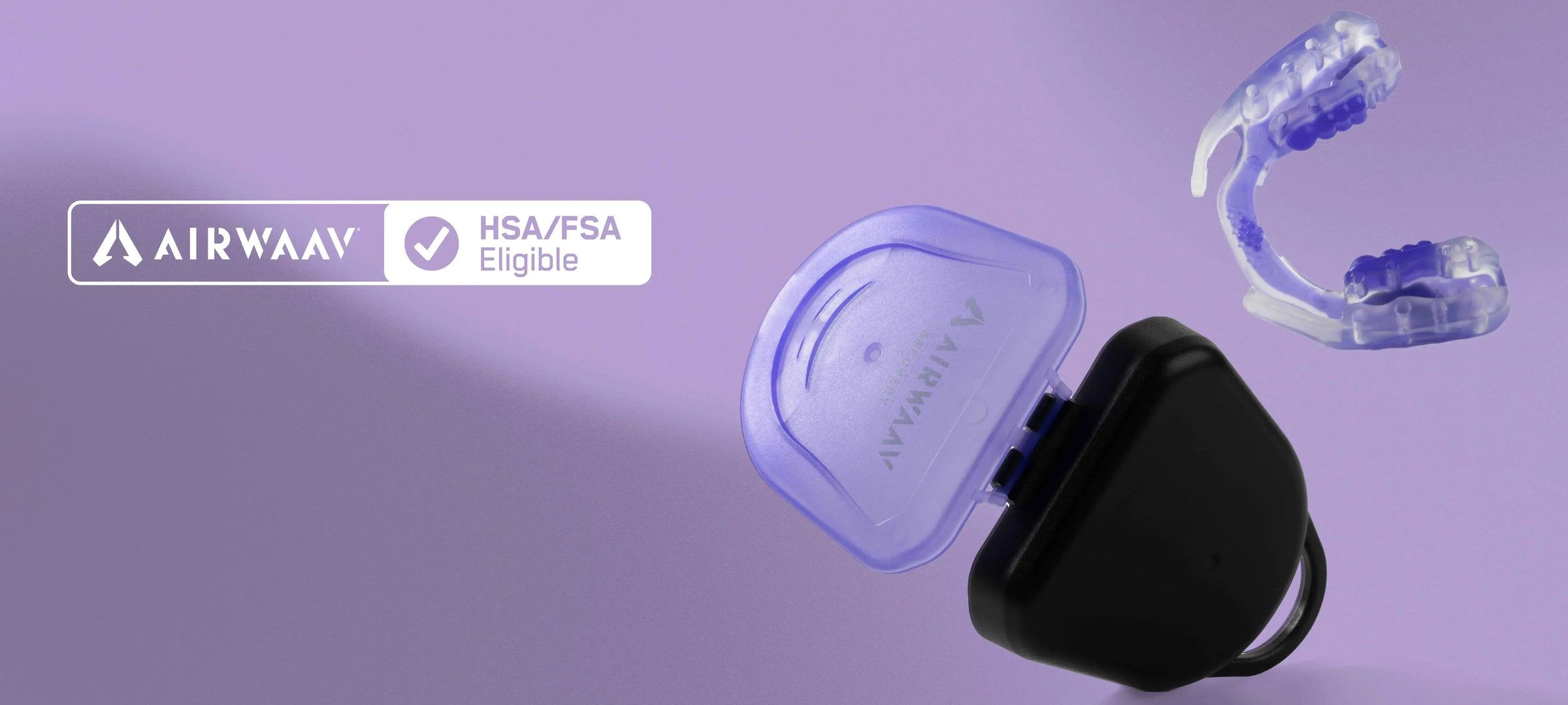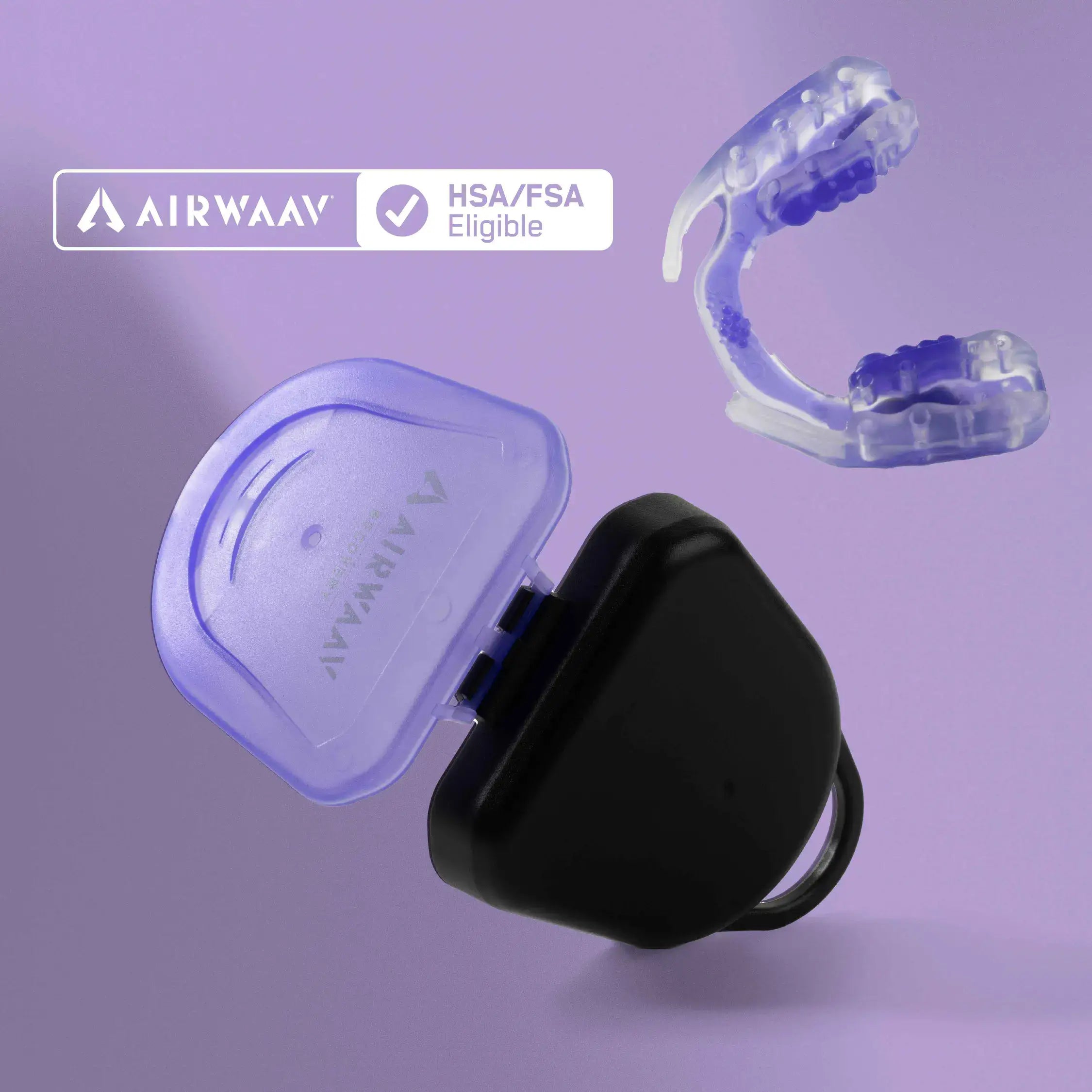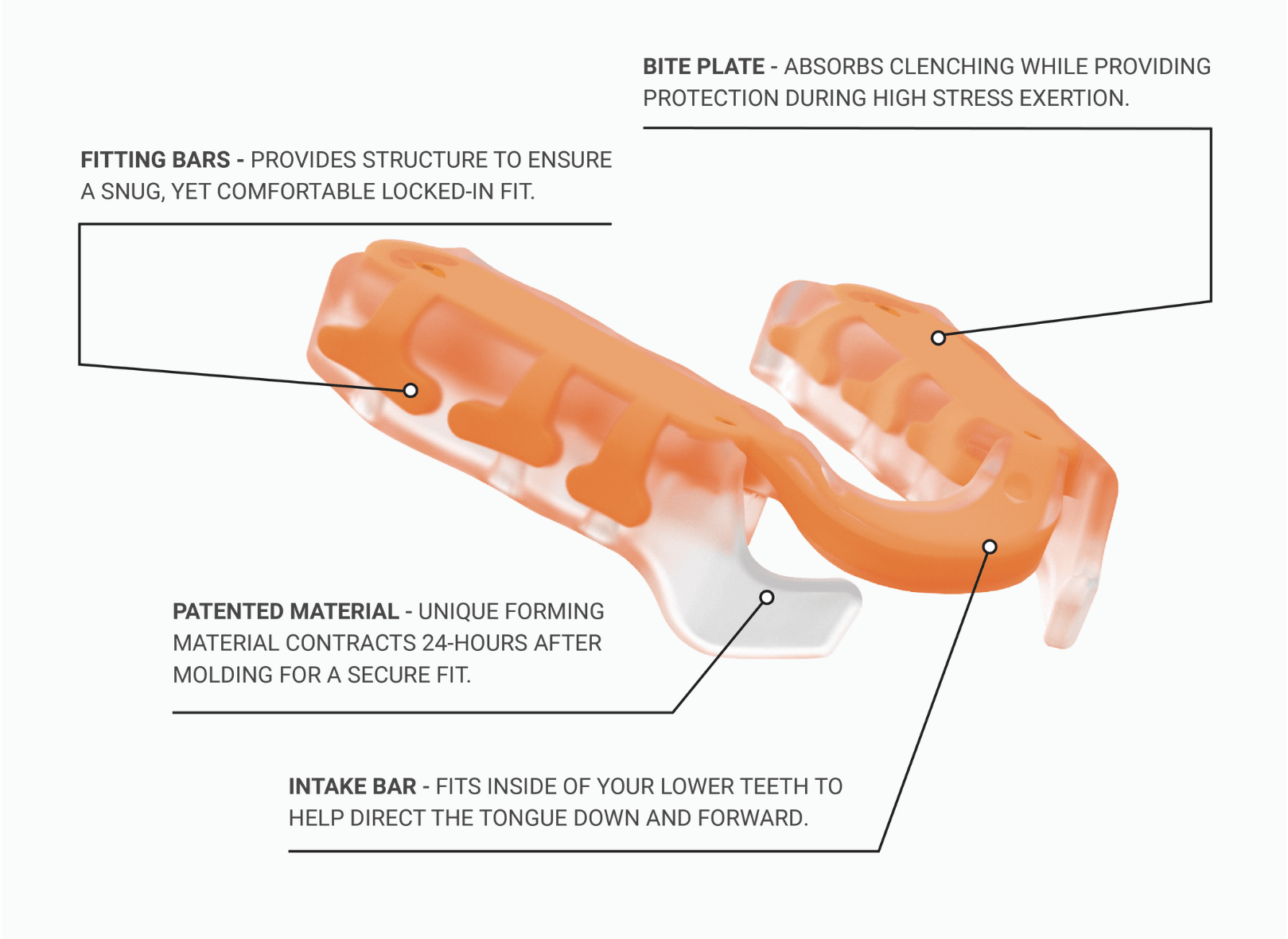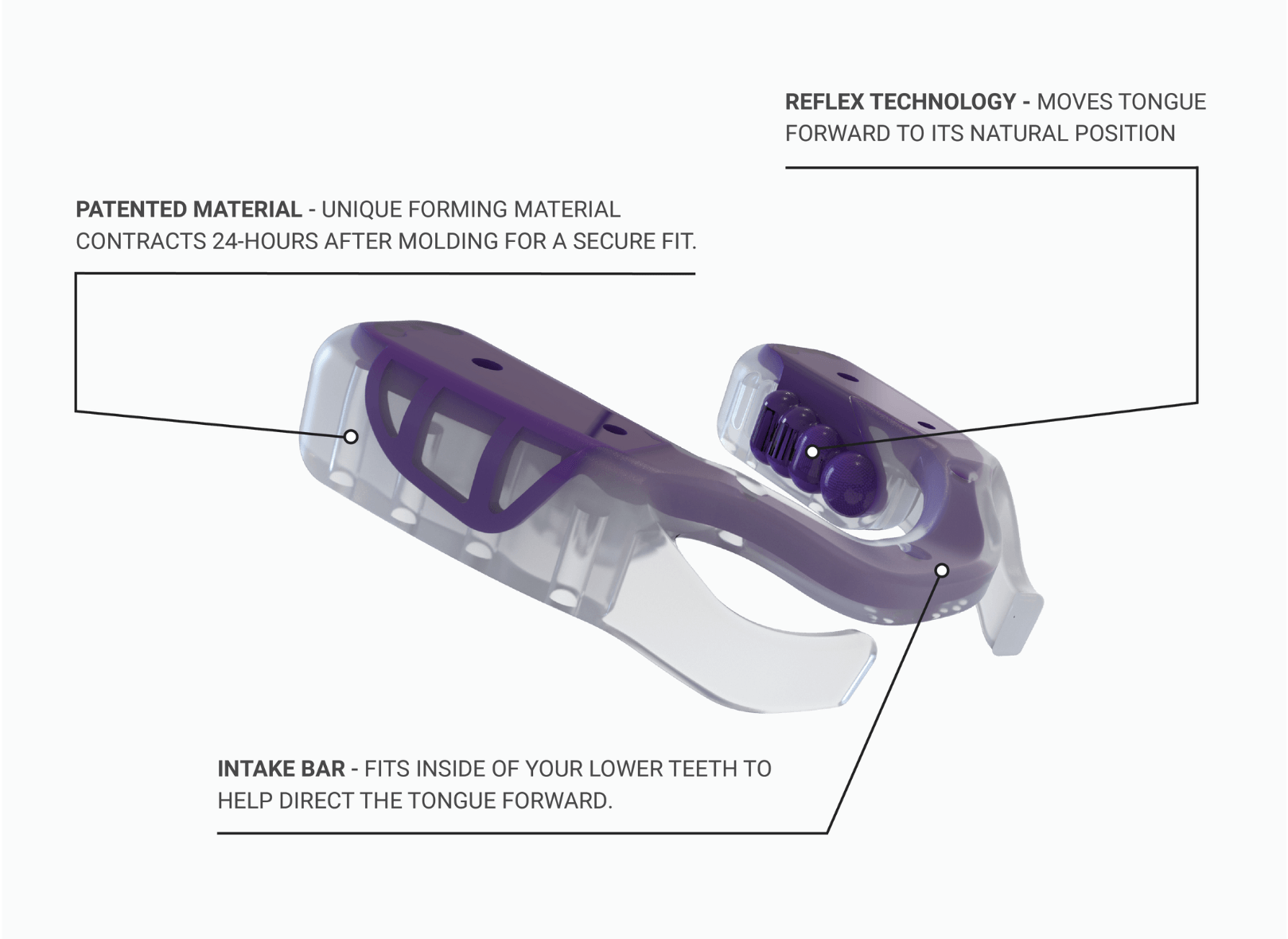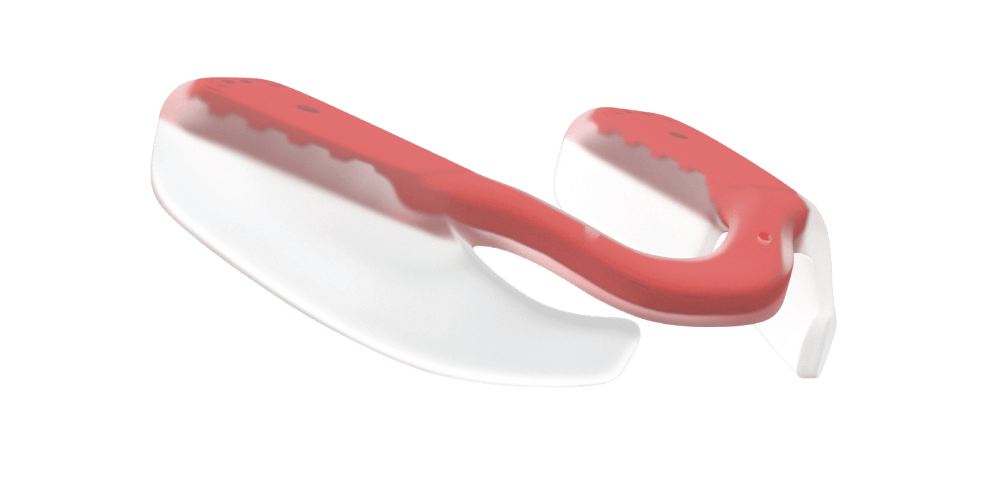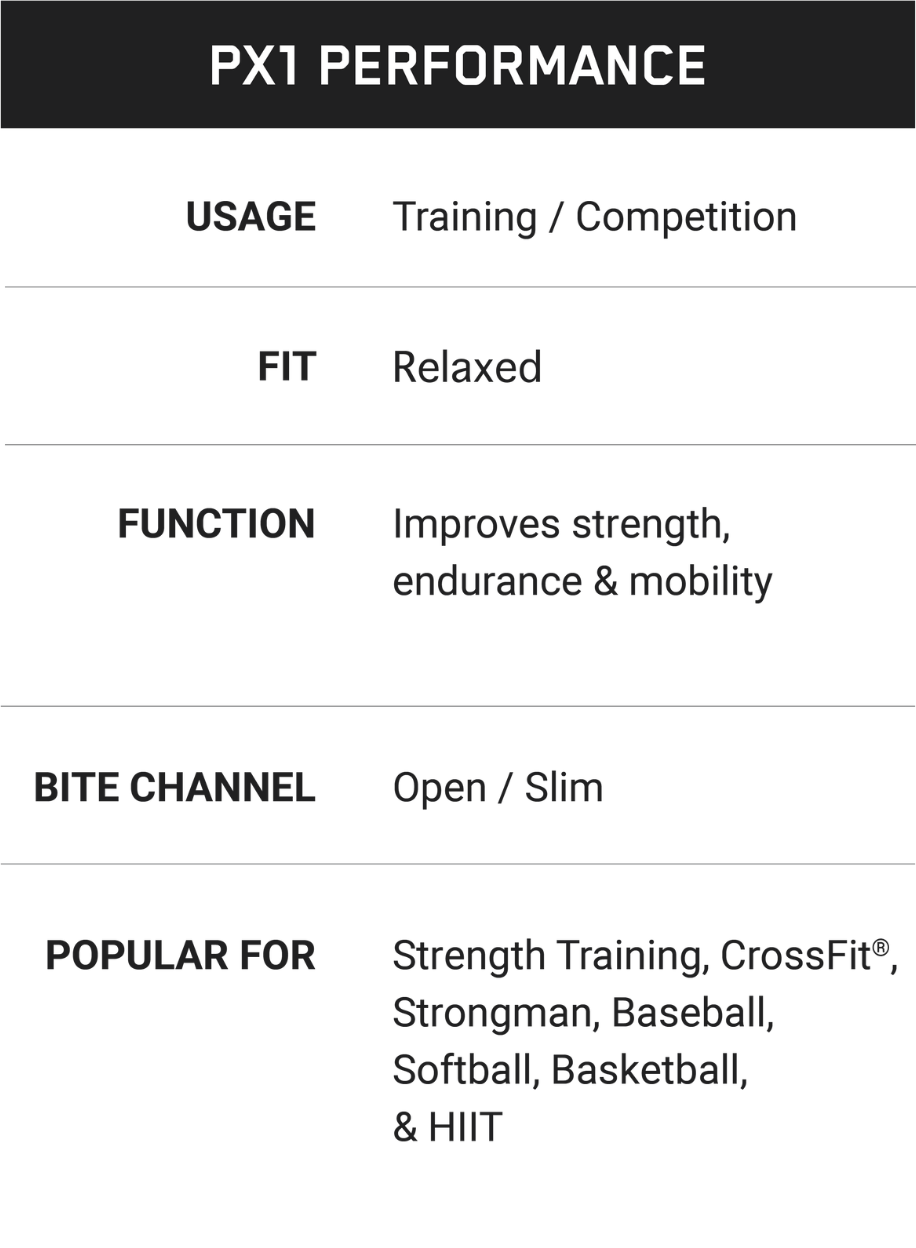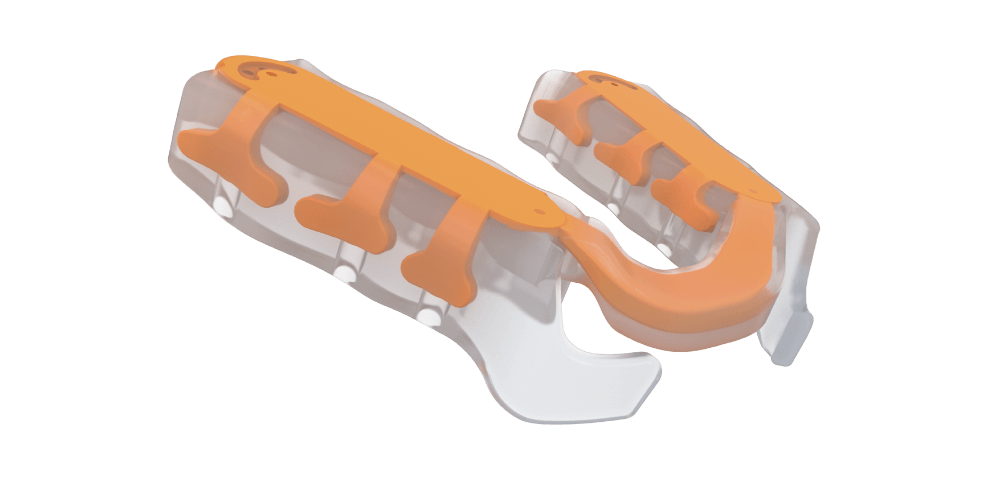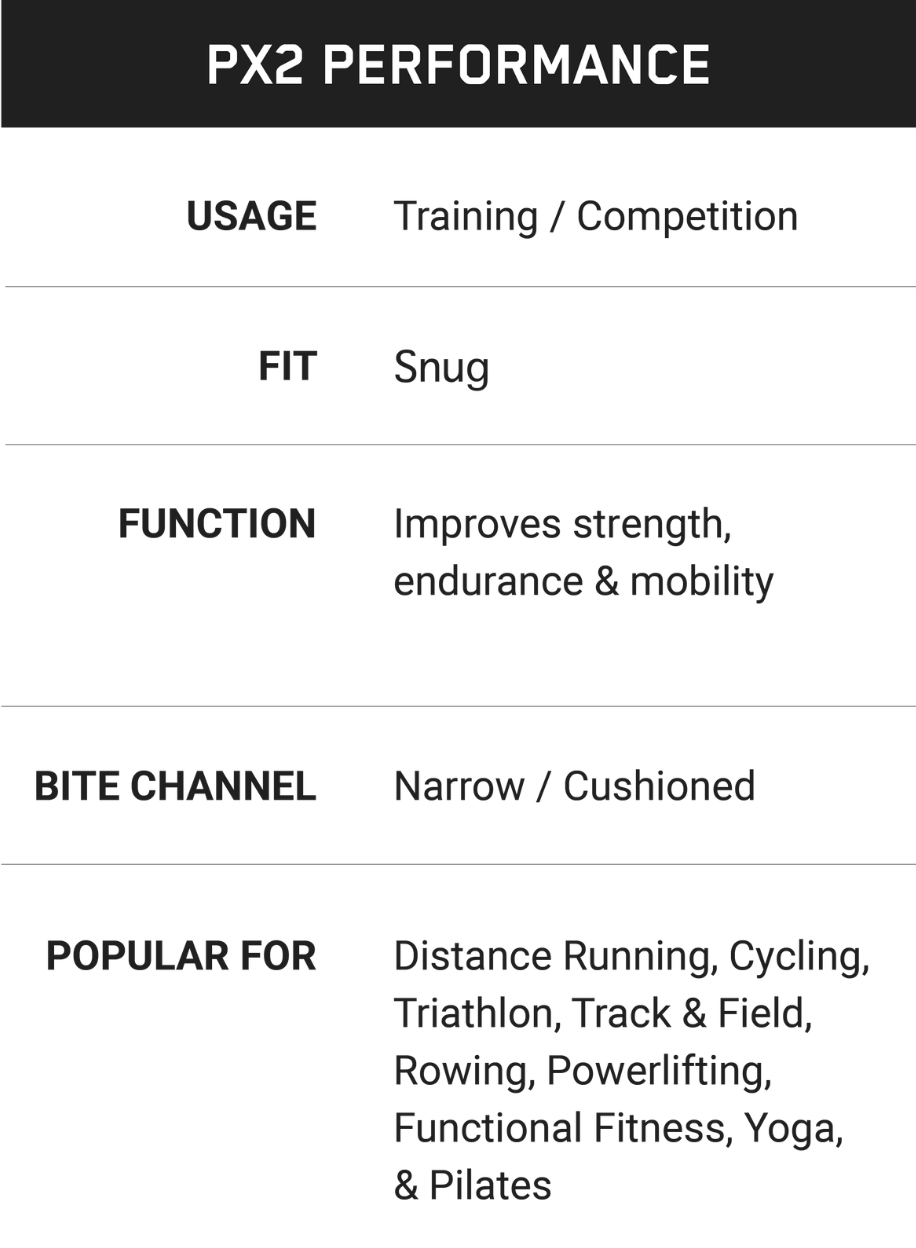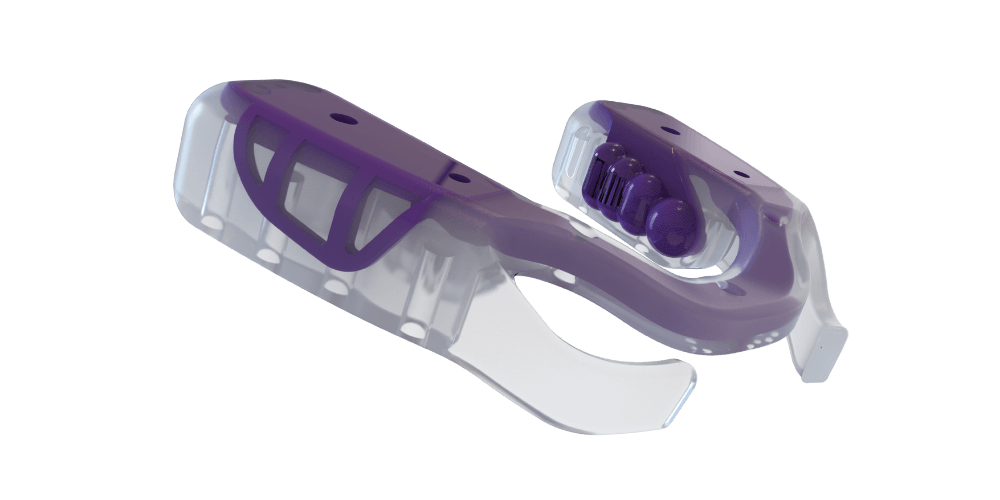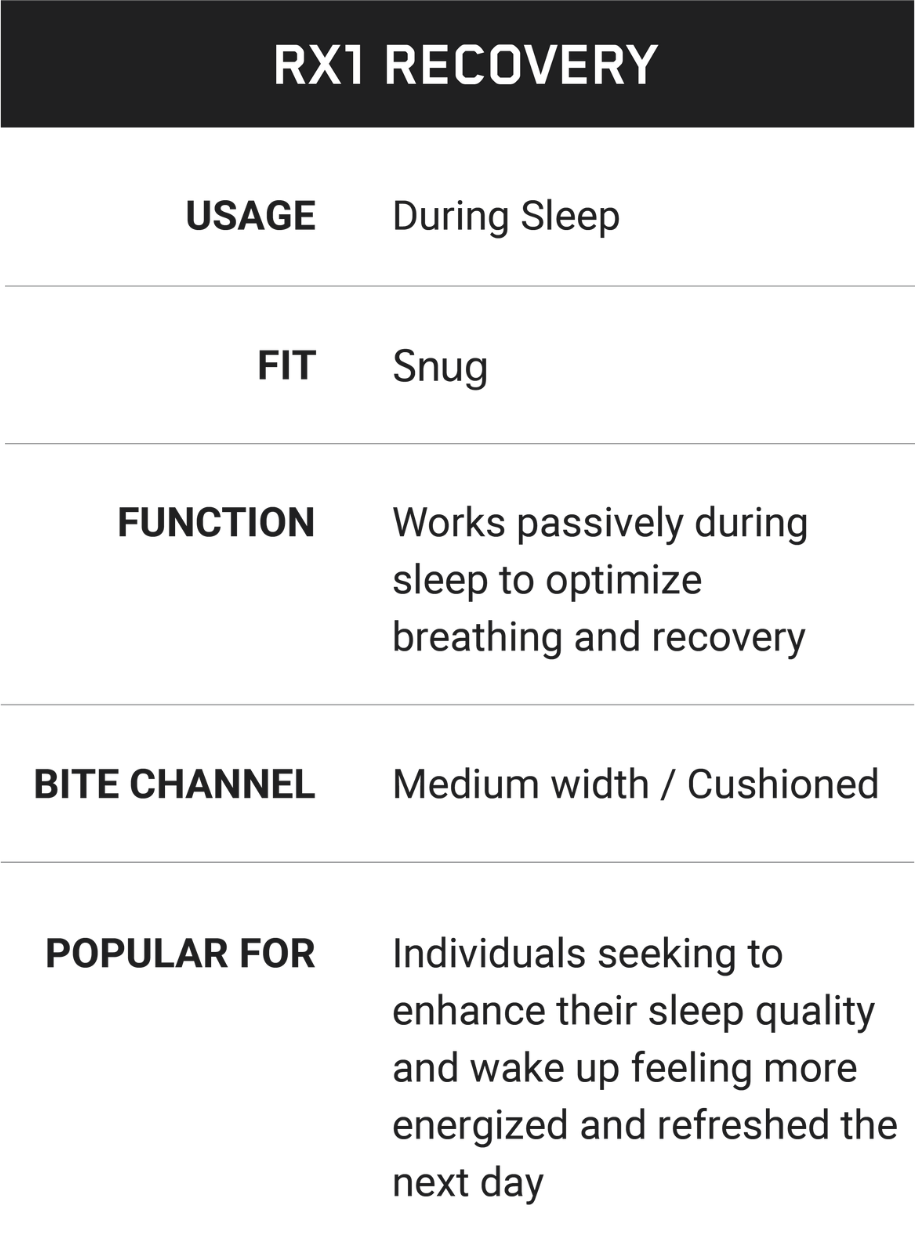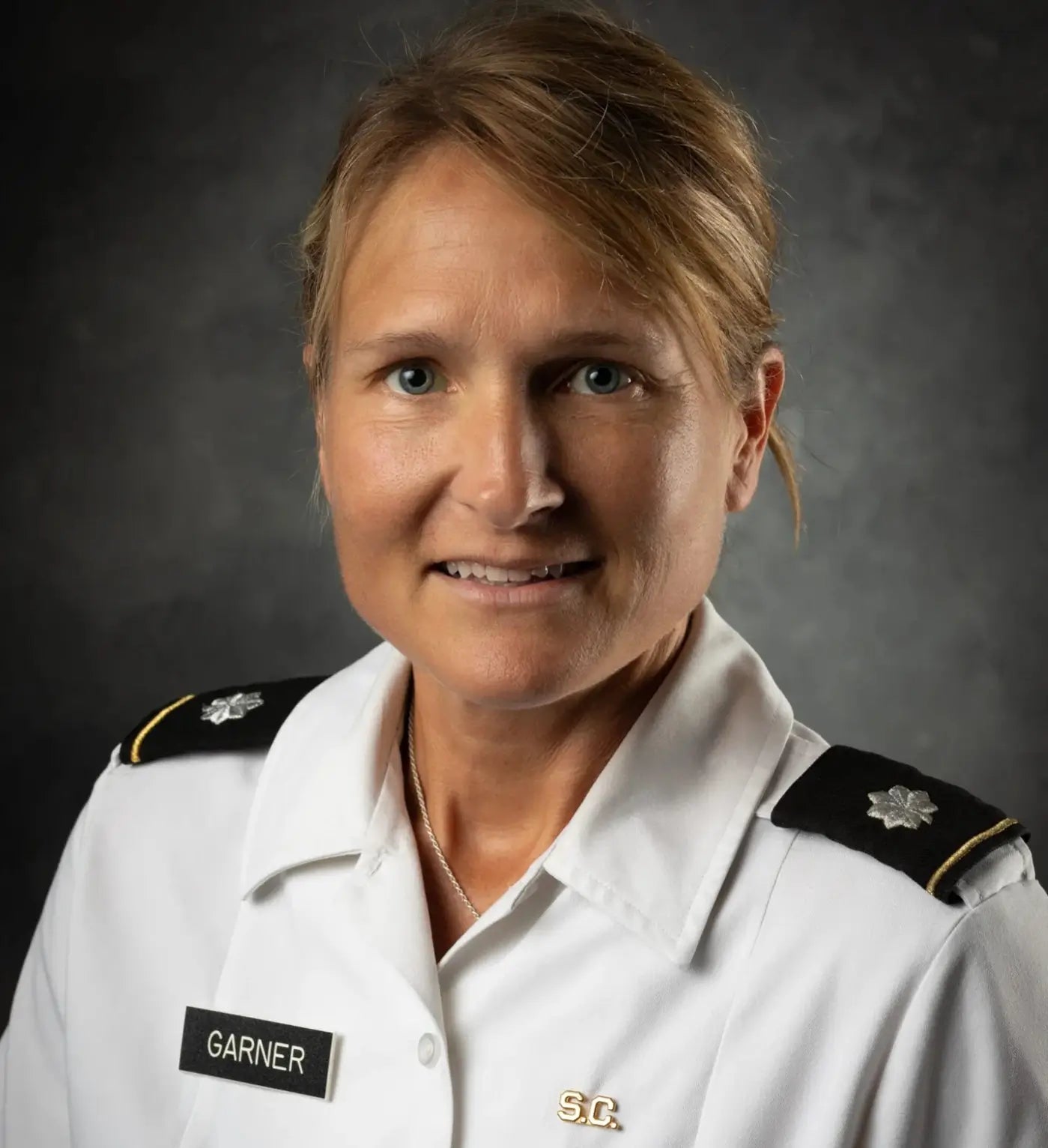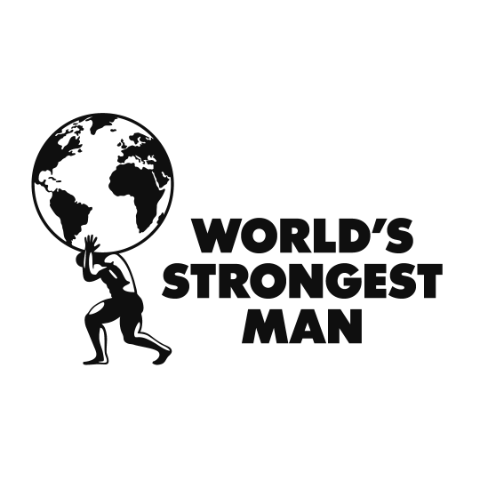Optimize Your Performance With Airwaav
A mouthpiece engineered to improve strength, endurance, recovery, and mobility.
Increase Strength
AIRWAAV’s patented bite plate is engineered to optimally position the jaw and ensure full tooth contact during clenching. This specific contact plays a pivotal role in accelerating the body’s neuromuscular response. When an athlete clenches their jaw with AIRWAAV, it triggers a more immediate and powerful muscle engagement throughout the body. This heightened response effectively counters the body’s instinctive restraint on muscle usage, unlocking greater muscular force and power.
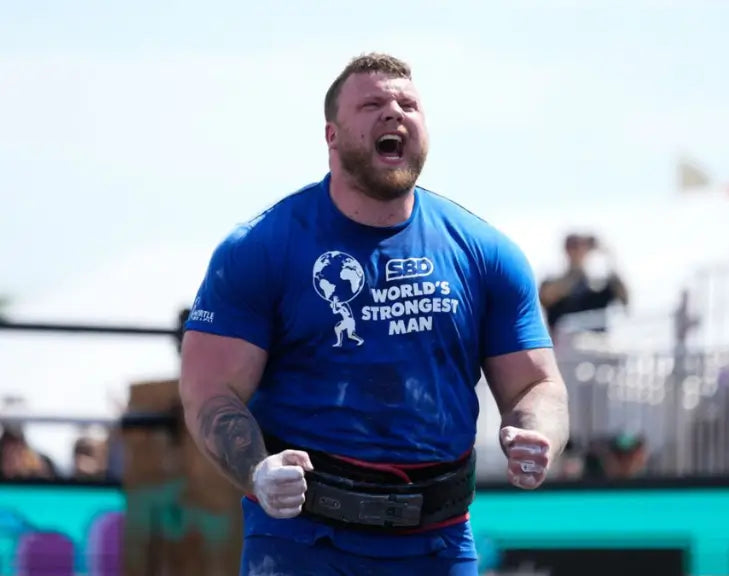
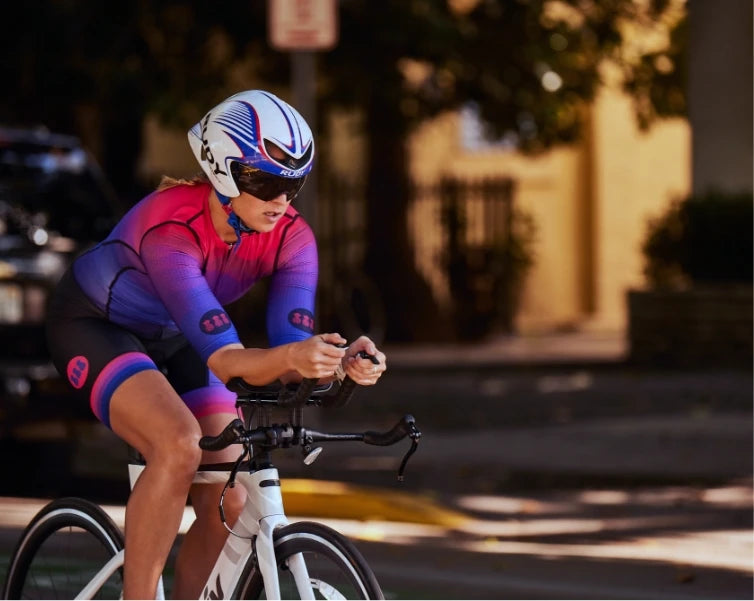
Increase Endurance
The AIRWAAV Performance Mouthpiece is designed to enhance endurance by optimizing breathing efficiency during exercise. When the user gently clenches onto the mouthpiece and positions their tongue downward and forward beneath the front intake bar, a reflex is triggered within the body. This reflex action facilitates the opening of the airway, contributing to a reduction in respiratory rate by up to 20%. The decrease in respiratory rate lowers lactic acid production and perceived exertion, allowing athletes to sustain higher intensity levels for longer periods of time.
Faster Recovery
Scientifically proven to reduce cortisol levels by up to 50% after exercise, AIRWAAV plays a crucial role in accelerating recovery times for athletes. Cortisol, often referred to as the stress hormone, can impede the body’s healing process. By substantially lowering these levels, AIRWAAV aids in faster muscle recovery, reduces fatigue, and prepares athletes for their next performance more efficiently.

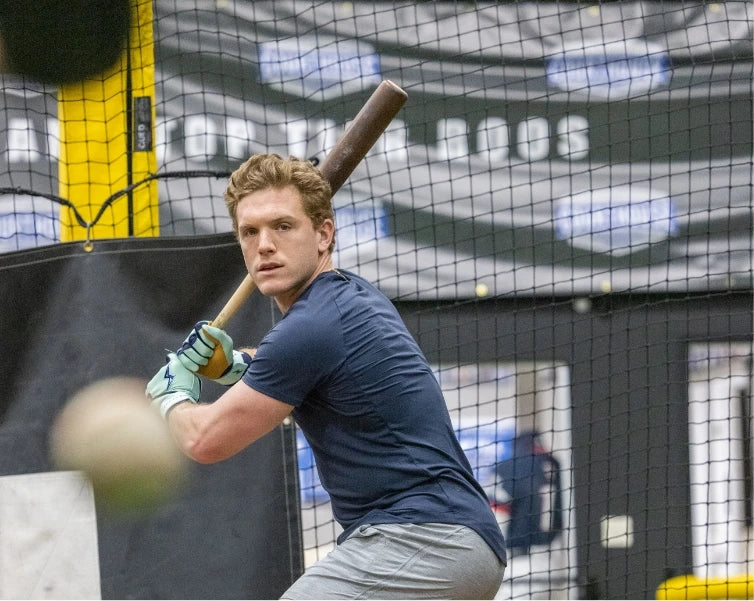
Improve Mobility
By clenching onto the mouthpiece, there is a reduction in muscle tension, or muscle tone, which plays a pivotal role in improving mobility. This relaxation of muscles is especially beneficial during movements requiring rotation in the neck, shoulders, hips, or trunk. The improved mobility allows for a greater range of motion and fluidity in movements.
ONE INNOVATIVE TECHNOLOGY. THREE PURPOSE-DRIVEN DESIGNS.
The innovative AIRWAAV bite plate is designed to absorb clenching while guiding optimal tongue positioning during high stress exertion.
DESIGNED TO IMPROVE PERFORMANCE
AIRWAAV PX1 PERFORMANCE
The AIRWAAV PX1 Performance Mouthpiece is designed with an open bite channel – ideal for athletes who prefer a relaxed fit during use. The PX1 is often preferred for strength training, CrossFit, strongman, baseball & softball, golf, tennis, basketball, and HIIT.
AIRWAAV PX2 PERFORMANCE
The AIRWAAV PX2 Performance Mouthpiece is designed with a narrow bite channel with form-fitting bars for athletes who prefer a snug fit. The added material under the bite plate absorbs heavier clenching during high stress moments. The PX2 is commonly the preferred option for distance running, cycling, triathlon, track & field, rowing, functional fitness, yoga, and pilates.
DESIGNED TO IMPROVE SLEEP & RECOVERY
AIRWAAV RX1 RECOVERY
The AIRWAAV RX1 Recovery Mouthpiece is designed to work while you sleep. Our patented Reflex Technology™ activates the tongue’s natural response during sleep to direct the tongue forward to open the airway and prevent interrupted breathing. The result is better sleep quality and faster recovery.
Airwaav Model Comparison
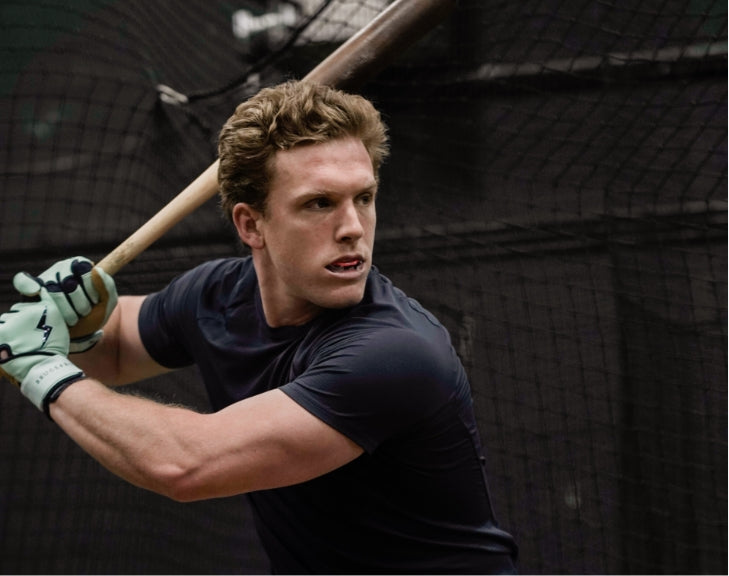
I use AIRWAAV because it relaxes my jaw and improves my power output allowing me to be a better athlete when it matters most.
HARRISON BADER
Professional Baseball Player
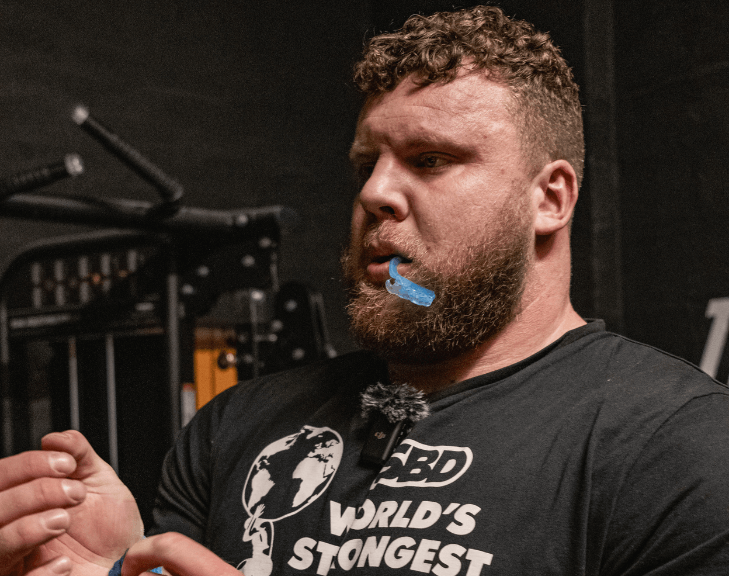
I feel more explosive and stable when I’m biting down on the AIRWAAV mouthpiece during heavy deadlifts, axel pressing and any strongman events I’m training for.
TOM STOLTMAN
3x World’s Strongest Man
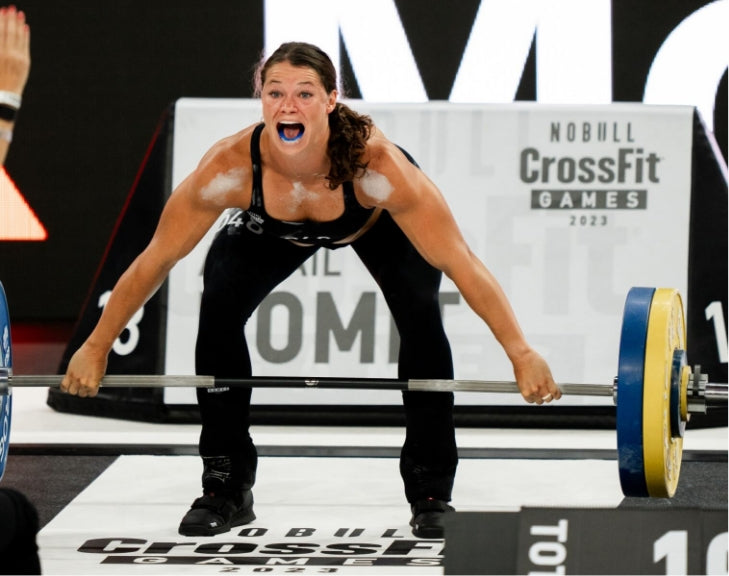
It’s nice to be able to bite down on soemthing when you need to feel strong, powerful, and dig deeper. AIRWAAV gives me an edge I need to push just a little bit harder without messing up my teeth and jaw.
Abbie Domit
Crossfit Games Athlete
Peer-Reviewed Research
Oral Appliances and Athletic Performance
The Effects of Jaw Clenching and Mouthpiece Use on Bat Swing Velocity in Division Ii Athletes
Mouthpiece use during heavy resistance exercise affects serum, cortisol, and lactate
W.D. Dudgeon, L.A. Buchanan, A.E. Strickland, T.P. Scheett and D.P. Garner
Researcher - Dr. Dena Garner
Dr. Dena Garner is a full-time professor in the Department of Health and Human Performance, is the Director of Undergraduate Research and is the Assistant Provost for Research and Policy at The Citadel in Charleston, South Carolina. She started working at The Citadel in 2004 while completing her post-doctoral fellowship in the Department of Neurology at the Medical University of South Carolina, also located in Charleston. Before her move to Charleston, she worked at Oregon State University in Corvallis, Oregon where she also received her doctoral degree in exercise physiology.
She received her Master’s degree from the University of South Carolina in exercise physiology and an undergraduate degree from Furman University in Greenville, South Carolina.
FAQs
The AIRWAAV PX1 optimizes jaw and tongue placement to enhance airflow and muscle efficiency. This leads to increased strength, endurance, and faster recovery, helping athletes perform at their best.
The AIRWAAV RX1 Recovery Mouthpiece uses Reflex Technology™ to gently move your tongue forward, opening your airway for better breathing during sleep. The small bumps inside the mouthpiece trigger your tongue to move forward, similar to how it instinctively goes to a popcorn kernel stuck in your tooth. This helps you achieve deeper, uninterrupted sleep and better recovery.
Seek the advice of your physician before undertaking a new personal care regimen and never disregard medical advice. AIRWAAV RX1 Recovery is not a medical device and should not be used to treat any medical condition—discontinue use immediately if you experience any negative effects.
Both models offer the same great performance benefits, but they differ in the way they fit. The PX1 features a wide bite channel for a relaxed fit, ideal for various high-intensity activities. The PX2 has a more secure fit, designed for sports requiring constant, intense movement. If you’re unsure which to choose, we recommend going with the hybrid pack, which includes one of each with a performance case for each mouthpiece. This allows you to use them interchangeably across your different activities.
Yes, the AIRWAAV PX1 is backed by over 15 years of peer-reviewed research. A majority of the research was conducted at The Citadel in South Carolina by Dr. Dena Garner, who holds a Master’s in Exercise Physiology and a Ph.D. in Muscle Physiology. Click here to view the published studies.
You can fit the mouthpiece using either the microwave or boiling method, though we recommend the microwave method. Simply heat the mouthpiece according to the included instructions. Once heated, place the mouthpiece on your lower teeth in the proper position and gently bite down. For more detailed instructions, check out the AIRWAAV Fitting Page.
Yes. If you have braces, we recommend the AIRWAAV Performance PX1 model. The wider bite channel will fit better with braces.







